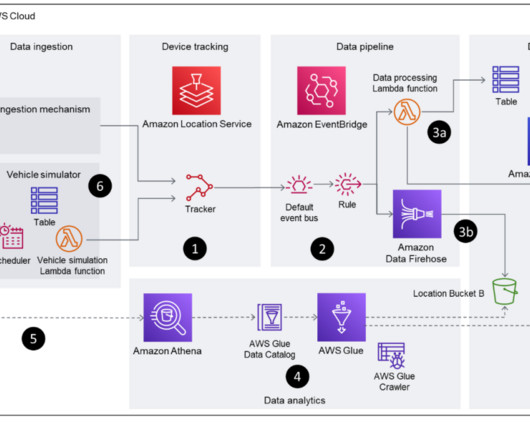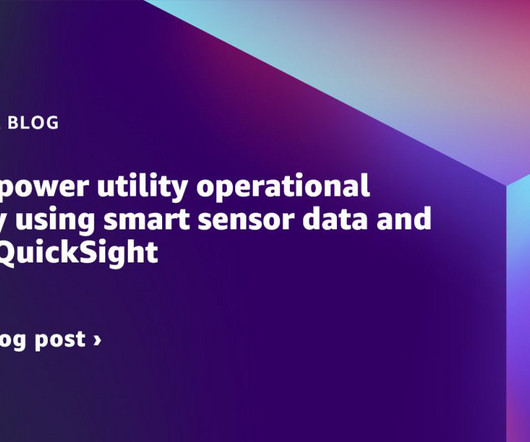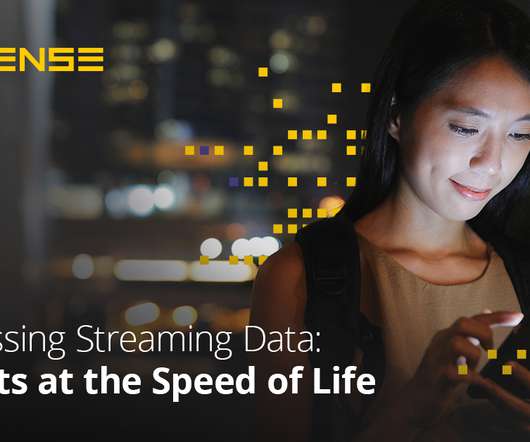Gain insights from historical location data using Amazon Location Service and AWS analytics services
AWS Big Data
MARCH 13, 2024
The solution consists of the following interfaces: IoT or mobile application – A mobile application or an Internet of Things (IoT) device allows the tracking of a company vehicle while it is in use and transmits its current location securely to the data ingestion layer in AWS. You’re now ready to query the tables using Athena.














Let's personalize your content